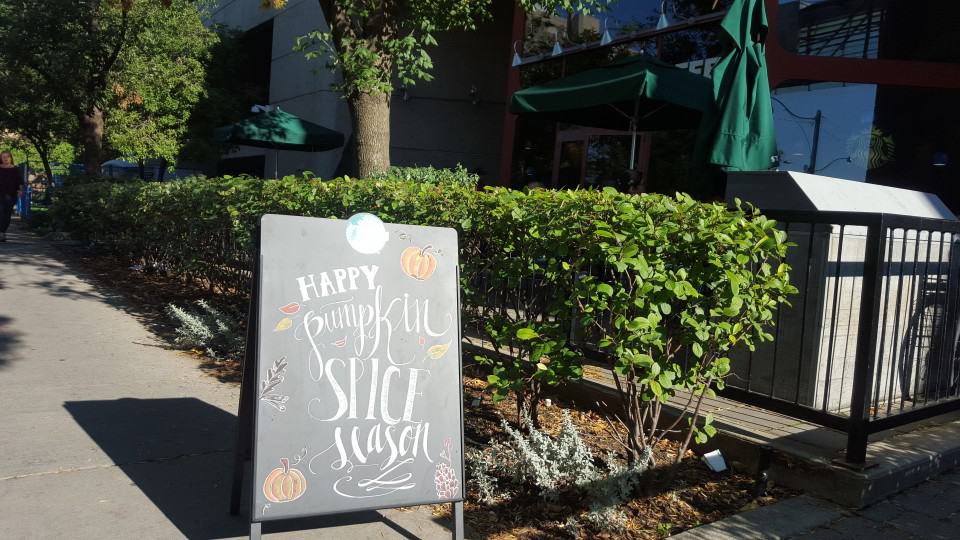[dropcap]It’s[/dropcap] that time of year again. The sweet aroma of the pumpkin spice latte lingers in the air, while rustic drawings of pumpkins and crisp autumn leaves adorn the walls behind the Starbucks counter. In the cafeteria, an endless queue of zombies eagerly await their morning elixir before heading off to lectures or disappearing deep into the library’s crevices. For coffee lovers like me, summer officially ended when Starbucks released their most popular beverage earlier this month, and the hashtag ‘#PSL’ once again started to invade my Instagram and Twitter newsfeeds.
Jessica, a sociology grad student and self-confessed caffeine junkie admits to being addicted to this fall concoction. “I can’t start my day without my extra-hot, half-sweetened grande nonfat pumpkin spice latte,” she says with enthusiasm “it’s my ambrosia.”
Why do we crave it so much?
Dr. Kent Berridge, professor of psychology and neuroscience at the University of Michigan made a startling discovery about why we can’t seem to resist a ‘venti’ pumpkin spice latte or a bite of a double chocolate chunk brownie. According to Berridge, “we are hard-wired to be insatiable wanting machines.” The human reward system is divided into two elements that work independent of each other: desire and pleasure. His findings reveal that the desire system is “vast and powerful” and easier to switch on than the pleasure pathway which is “anatomically tiny and has a more fragile structure.” This innate desire system is augmented by our vast media exposure. The massive amounts of #PSL images flooding social networks every year, create a peer-pressure fueled cult-like following — complete with its own Twitter account.
What’s in it?
As of this year, Starbucks’ pumpkin spice latte contains real pumpkin, in response to a harsh review by blogger “Food Babe.” A lot of her other claims, however, such as the amount of sugar in it being ‘toxic’ were proved untrue by Dr Joe Schwarch, professor at McGill University and author of numerous nutrition books such as “Science, Sense and Nonsense.”
What follows is the complete list of standard ingredients in Starbucks’ bewitching brew:
Espresso
Milk
Pumpkin Spice Flavored Sauce: Sugar, Condensed Skim Milk, Pumpkin Puree, Contains 2% or Less of Fruit and Vegetable Juice for Color, Natural Flavors, Annatto (Color), Potassium Sorbate (Preservative), Salt
Whipped Cream: Light Whipping Cream (Cream, Mono and Diglycerides, Carrageenan)
Starbucks Vanilla Syrup: Sugar, Water, Natural Flavors, Potassium Sorbate (Preservative), Citric Acid
Pumpkin Spice Topping: Cinnamon, Ginger, Nutmeg, Clove
So is it good for you?
In short: no. In an interview with Dr. Debbie Gurfinkle, professor of nutritional sciences, she imparted this advice for students, “do not drink your calories.” While the pumpkin spice latte may contain beneficial spices such as cinnamon and nutmeg, a typical grande contains 380 calories, which is comparable to a medium serving of McDonald’s fries — it, surprisingly, also contains a similar amount of sodium, and four times as much saturated fat. Pumpkin spice lattes also contain drop for drop the same amount of sugar as a can of Coca-Cola.
Overall, you’d probably be better off eating a slice of actual pumpkin pie to satisfy your pumpkin spice desires.


